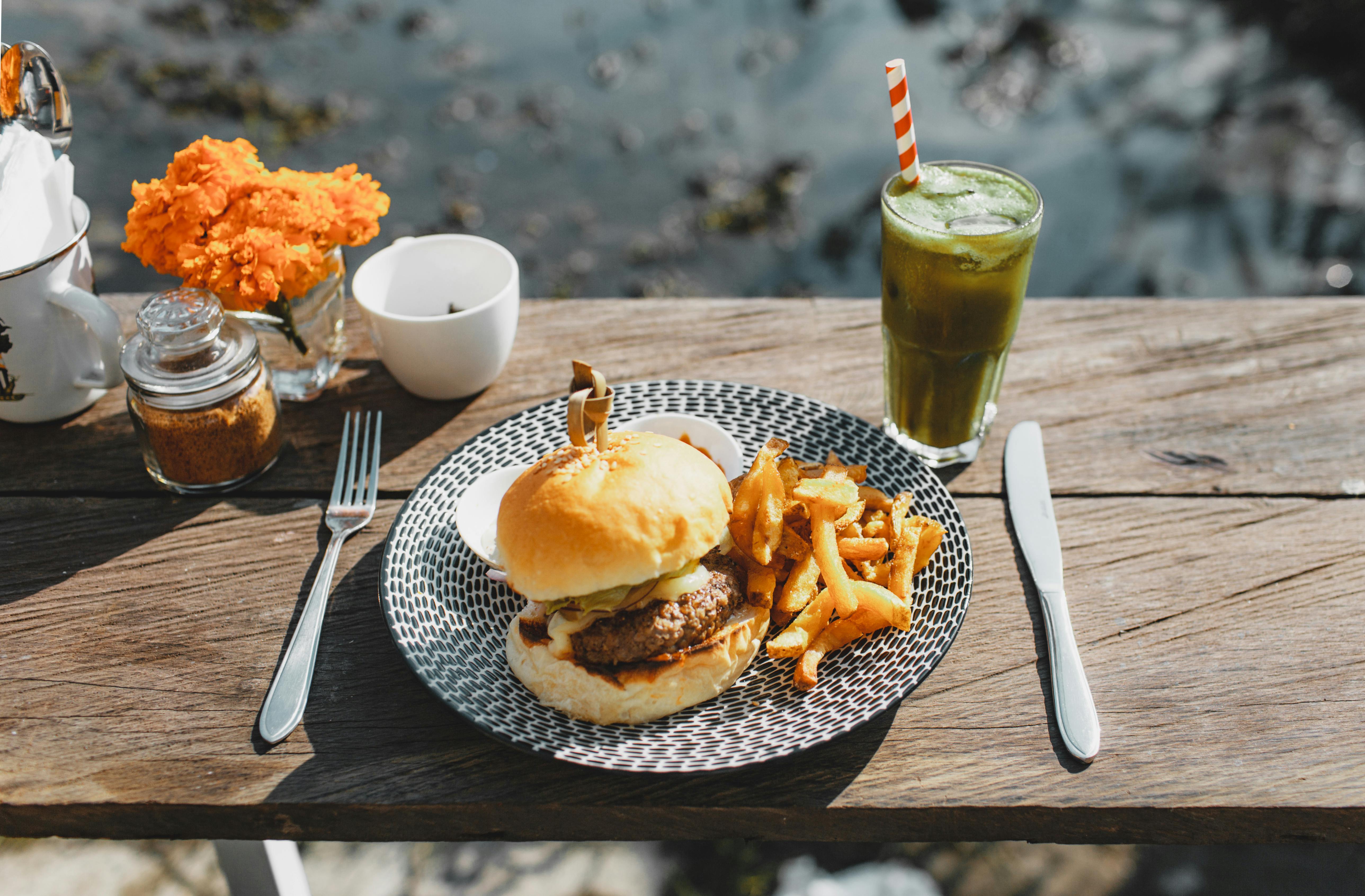Limescale or hard water is the main cause of death for electrical appliances, kettles and water boilers. Cleaning limescale is a very difficult task and if it is left too late it is usually impossible to get rid of. The most effective way to descale is to not have to descale. There are a variety of water filters that can be used. The best protection against limescale buildup in your household appliances and pipes is to install a water softener at your property’s main water inlet. Water softeners cost between £300 and £700 depending on the size of your home.
Planning your installation. Always respect the water statutes. Make sure there is only one main water supply, that you have left enough space to access the unit for salt filling and possible maintenance at a later stage. Check the water pressure, locate the main water supply stopcock, a drain facility, and a power source to connect the unit.
Water pressure test. It is important that a pressure control be carried out. Low and high water pressure can cause softener damage or failure. Although the softener is pressure tested, it is recommended to install a pressure limiter if the pressure exceeds 5 bar (70 psi). It is also recommended that any water appliance be equipped with a leak checker.
Location of the softener. Whenever possible, it should be close to the water supply network. Take care to allow for hard water intake points for a potable water installation or outside faucet. A good option for fresh water would be to leave the cold water tap in the kitchen as a drinking water installation. If this is not possible, an easy-to-install filtered water kit can be installed. If the stopcock is located in an inconvenient position to create a hard water supply, I recommend installing a reverse osmosis system. Keep the distance between the drain and the Softener as short as possible. Make sure that both the drain and the overflow are not subjected to freezing or over 49°C. If you place the softener inside a cabinet, make sure the base is adequately supported. If the softener is to be installed inside your loft etc. it is recommended to house the softener inside a 95 liter tank and insulate it well. The tank overflow must be below the softener overflow and be a minimum size of 3/4 inch.
Without return valve. In single-family homes, a single check valve should be installed. This item can be purchased at any plumbing store.
Check list. You will need two tee valves, an isolation valve, and two flexible hoses to connect the inlet and outlet to the unit.
Before beginning the installation of the valves, make sure that the stopcock is in the closed position.
Connection to the softener. Once you have completed the valve installation, place the inlet and outlet valves in the closed positions and open the bypass valve. You can now safely return the stopcock to the open position. Connect the inlet and outlet hoses to the softener. The softener inlets and outlets shall be indicated by the words inlet or outlet or by a directional arrow etched into the softener tails. Normally the tails of the softener are in a configuration of three with the center being the waste outlet.
Drainage pipe installation. All softeners have a waste hose on some units that is pre-installed on the softener. If this is not the case on your machine, use the fitting at the end of the supplied flexible hose to connect it to the softener drain connection. Route the drain hose to a top stand or an outside drain. There must be a minimum air gap of 20mm at the end of the drain line. Softened water will not have any adverse effect on a septic tank. If you need to extend the drain hose, this can be done by connecting it to 15mm copper tubing for a maximum run of 8 meters with a minimum daytime pressure of 40psi. Make sure the drain hose is not kinked in any way, as this will cause an overflow from the machine. The drain hose can run uphill to a maximum of 3 feet with a minimum pressure of 40 psi.
Overflow connection. The overflow hose must be cut from the drain hose. The overflow connection is the white half-inch hose barb on the rear or side of the cabinet. No clip is required for this connection. The overflow must run downslope through an exterior wall with no kinks or restrictions. It is recommended that the overflow hose be visible as it exits the exterior wall.
Electric connection. Connect the supplied transformer to a continuous electrical connection source with the power turned off. Plug the flying lead from the transformer into the electrical connection on the controller. Make sure that the flywire does not get caught in the camshaft or any moving part of the machine.
Preparation of the softener to go into service. Now that all the connections have been made, it is advisable to put approximately 5 liters of water in the brine tank. At this point you can also put an amount of salt in the tank. Do not allow the level of water softener salts in the brine tank to exceed the height of the overflow. The amount of salt used will depend on the type of machine. You should never let the brine tank become completely empty of salt and it is advisable to check salt levels weekly until a pattern of use has been established.
Commissioning of the machine. To put the machine into service, simply reposition the inlet and outlet valve and turn the bypass valve to the off position. It is recommended to complete this procedure in the following order.
1, turn the softener inlet valve to the on position
2, turn the bypass valve to the off position. Allow approximately five minutes to allow the incoming water to come to a pressure level before completing step 3.
3. Turn the softener outlet valve to the on position.
You must now complete the programming instructions that apply to your particular machine and perform a manual regeneration. A Manual Regeneration is performed at this stage to allow you to confirm that the unit is not leaking from the fitted valves and that the Waste is operating without issue. This regeneration will also help eliminate potential air pockets that may be present within the system. Regeneration will also reset any internal meter or timing device that dictates the frequency of the regeneration cycle. Your machine should now be supplying soft water to your property. If you find that the water feels too soft for you. It is possible to dilute the softness by slightly opening the bypass valve and allowing some of the hard water to mix with the soft.


